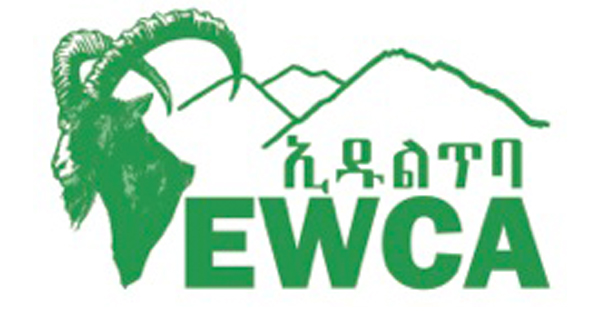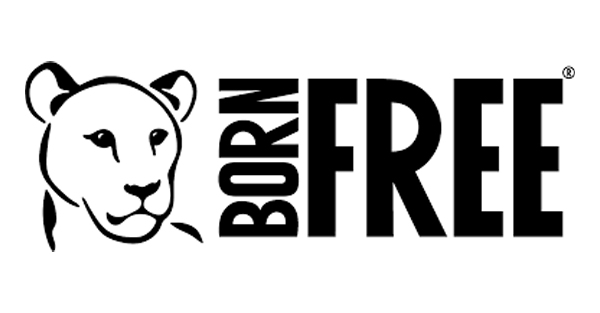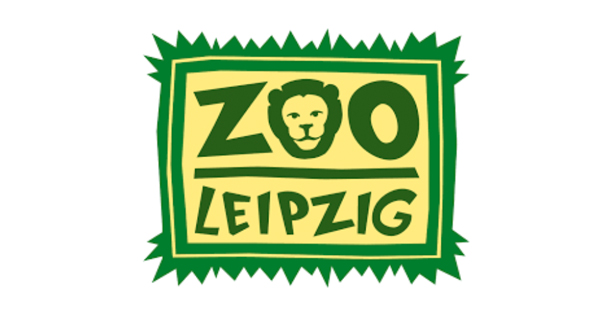Large Carnivore Survey of Ethiopia (LCSE) is a collaboration with the Ethiopian Wildlife Conservation Authority (EWCA) to assess the status of lions, leopards, cheetahs and African wild dogs. The project also collects data on spotted and striped hyaenas, Ethiopian and African wolves as well as larger prey species wherever these overlap with the distribution of our focal species.
CONSERVATION CONTEXT
Prior to this project, the little opportunistic data available suggested that large carnivores had disappeared from vast areas of Ethiopia. African wild dogs were believed to number fewer than 200, lion fewer than a thousand, cheetah a few hundred, and the number of leopard unknown. Habitat loss, declining prey base, human-wildlife conflict and illegal wildlife trade are a threat to these species and other carnivores.
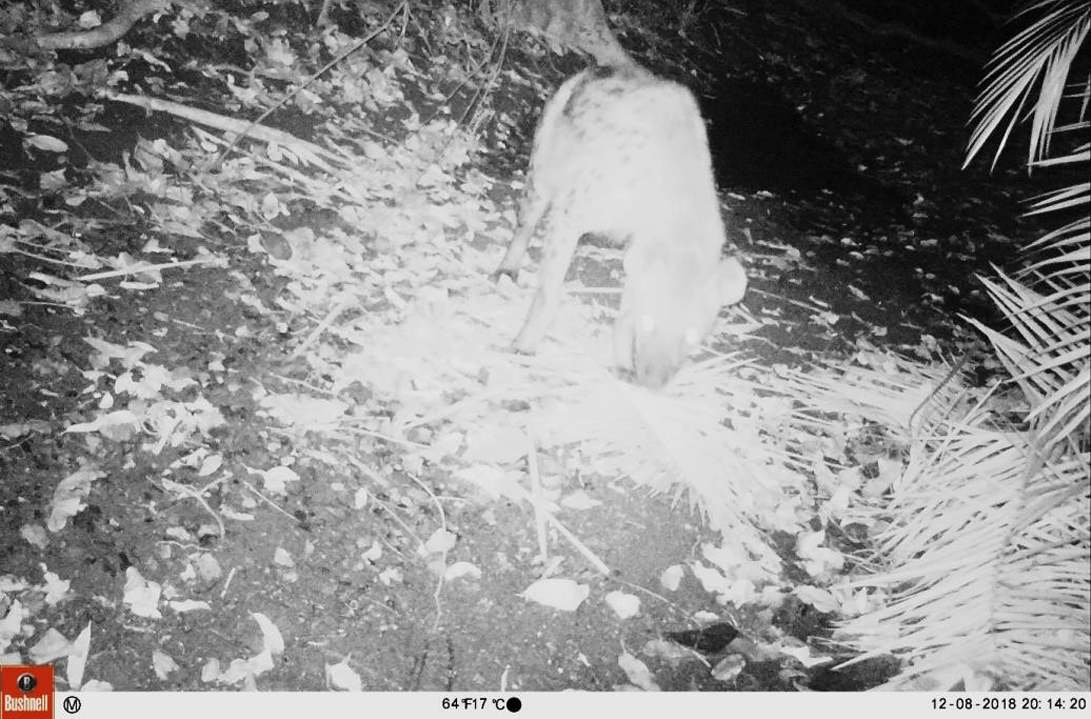
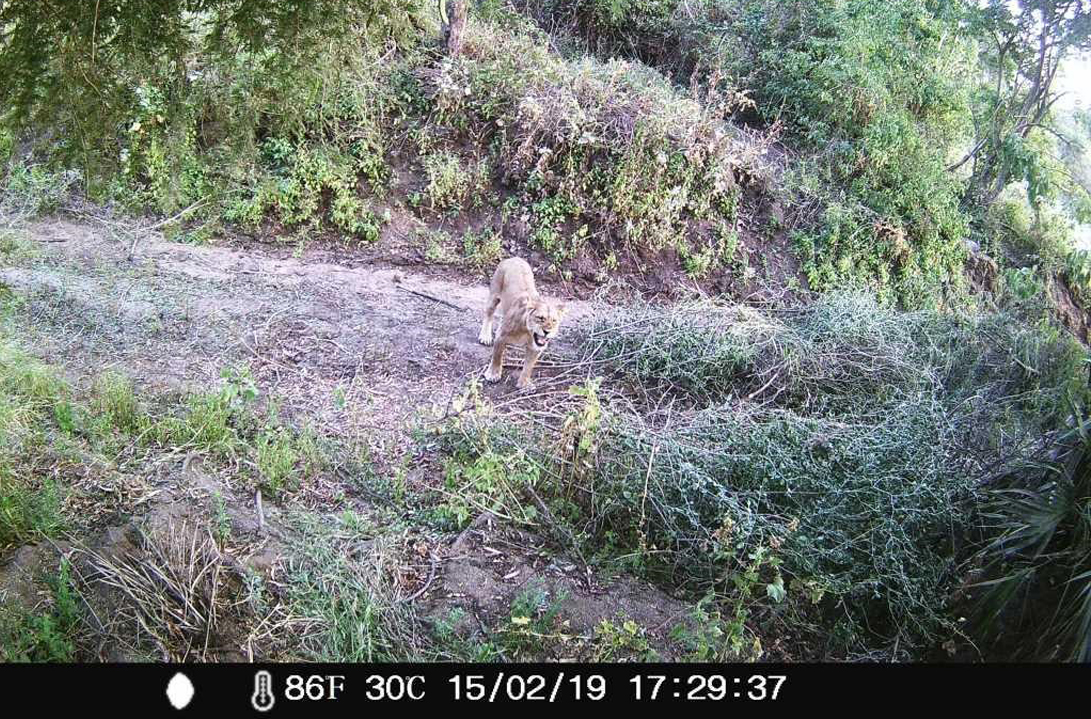
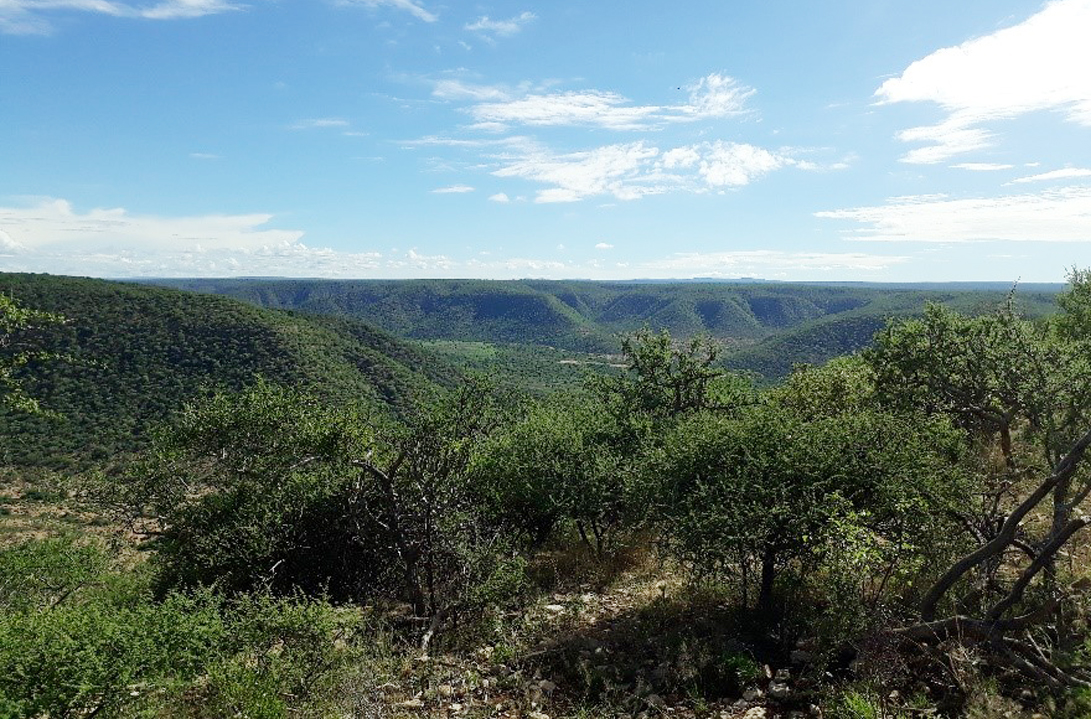
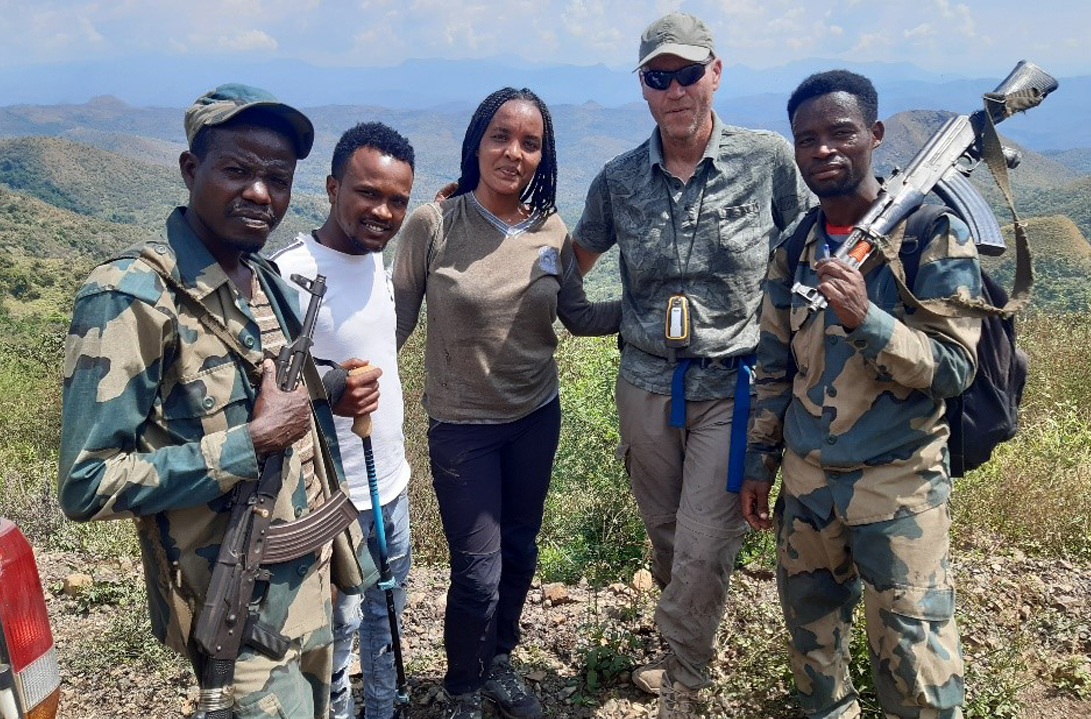
The LCSE Team in Chebera Churchura National Park
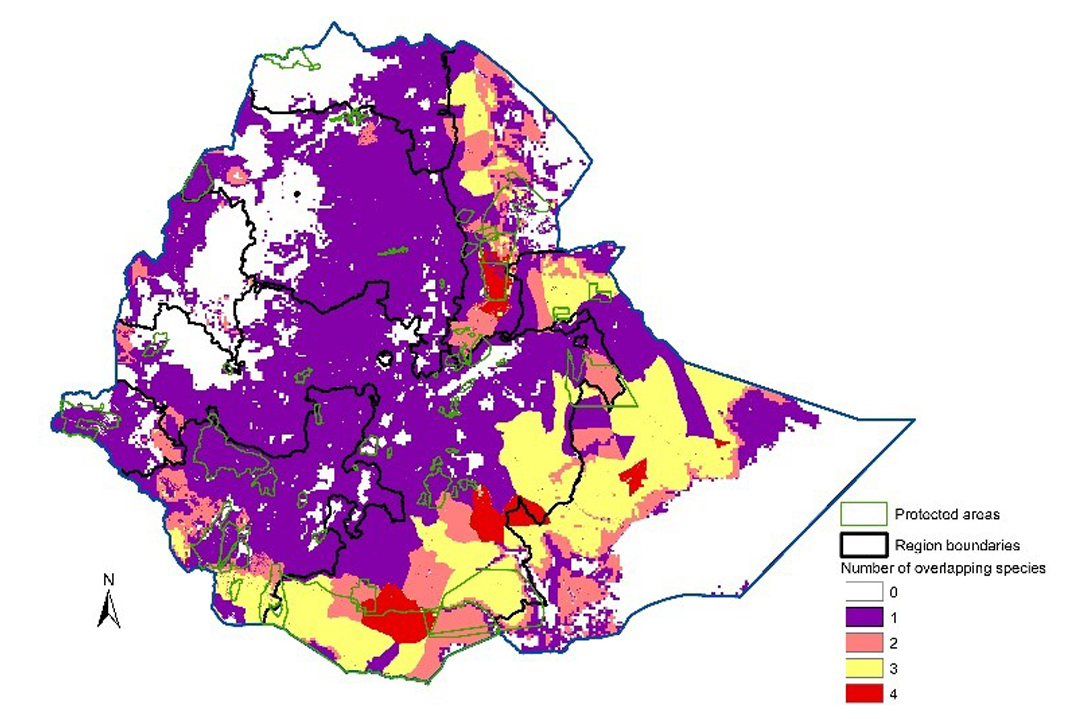
Habitat Suitability for Four Large Carnivores in Ethiopia
APPROACH
LCSE combines existing information and new data resulting from field surveys to facilitate the implementation of existing national action plans for the project’s focal species and help establish priorities for the efficient application of limited conservation resources.
The project’s first step was to model habitat suitability for focal species across Ethiopia which identified the most promising habitats in southern Ethiopia and the Awash Valley. Reconnaissance surveys were then conducted in these ecosystems with local experts including park rangers, recording all wildlife signs (direct observations, footprints, droppings, carcasses, audio) and mention of these carnivores in local culture. These reconnaissance surveys provided information on species presence or absence, but not on their density or abundance.
Structured surveys are also conducted involving camera trapping (with one camera in every cell of a grid of 5x5km), call-ups, i.e., playing calls of animals to attract carnivores for their identification, and spoor surveys where roads are available. While the focus of the research is on large carnivores, data on other wildlife presence is also recorded.
The following project findings are available:
Previous carnivore surveys in Gambela, Kaffa, Awash, Nechisar and Bale Mountains National Parks
Habitat modelling for large carnivores: Prioritisation of Survey Areas
LCSE reports for Alatash – Dinder Lion Conservation Unit, Bejimiz NP, Babile Elephant Sanctuary, Borana National Park, Tama Community Conservation Area, South Omo Zone and Omo Valley
PROJECT MEMBERS
PROJECT PARTNERS
The project is a partnership between EWCA and WildCRU with additional collaborations with University of Antwerp, Professor Gidey Yirga of the University of Mekelle and University of Hawassa. This work is supported by the Born Free Foundation and Leipzig Zoo.
